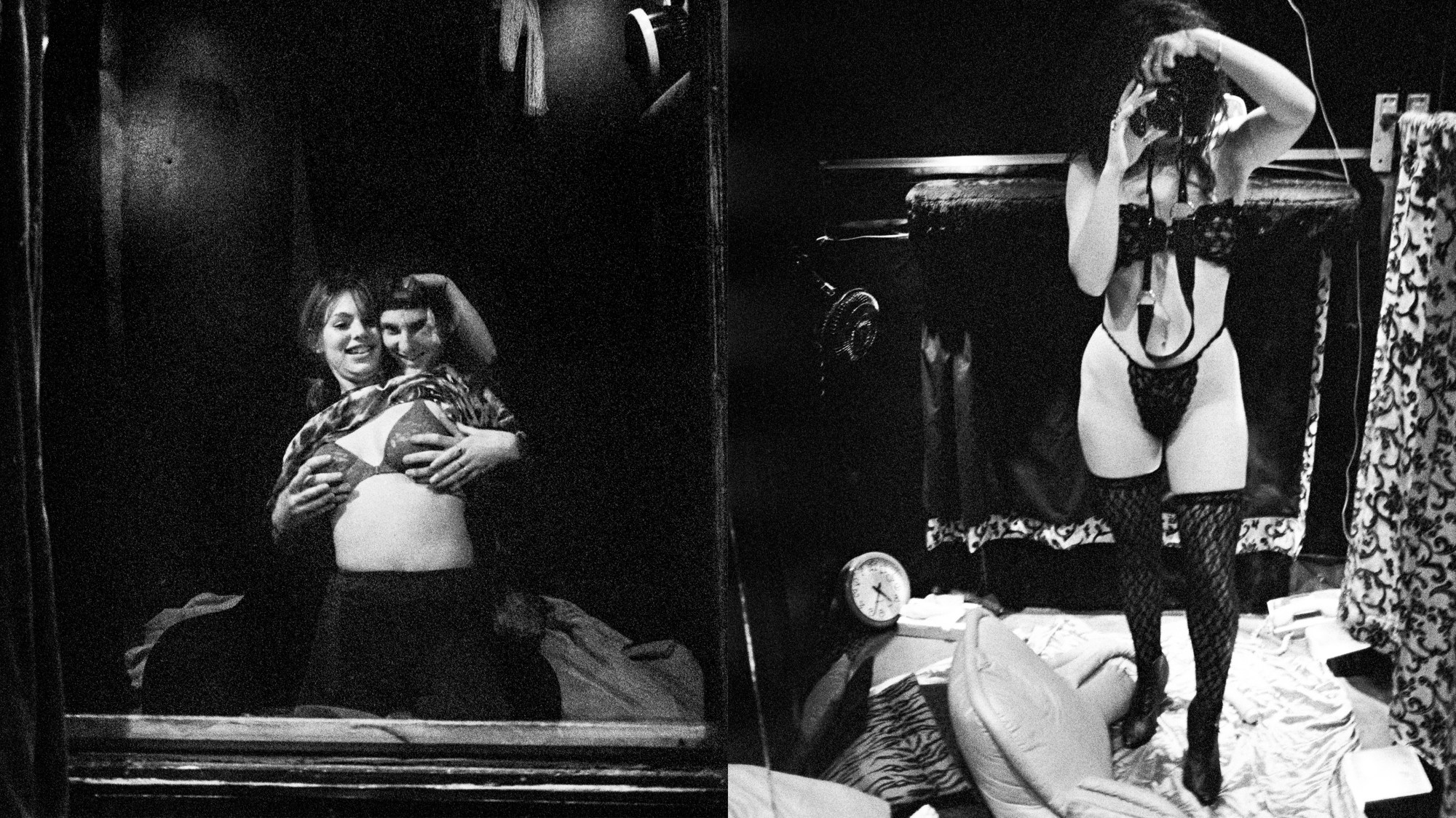In 1990, radical feminist musician and artist Cammie Toloui took a job working at the Lusty Lady, San Francisco’s famous women-owned strip club, to pay her way through San Francisco State University, where she was pursuing a degree in photojournalism. Seizing the opportunity to document a world few knew, Cammie turned the camera on her customers inside the ‘Private Pleasures’ booth, creating an extraordinary series of portraits and journal entries collected in the new book 5 Dollars for 3 Minutes (Void, July 2021).
“Stripping is the patriarchy and capitalism laid bare — the intersection of the two in your face,” Cammie says. “The men felt like they had the power because they’re standing there with a lot of bills, and we’re on the other side of the glass like, ‘How do I get it?’ I think that that’s what makes the pictures so compelling — you’re looking behind the curtain, and the Wizard of Oz is just this dude who looks a little needy.”
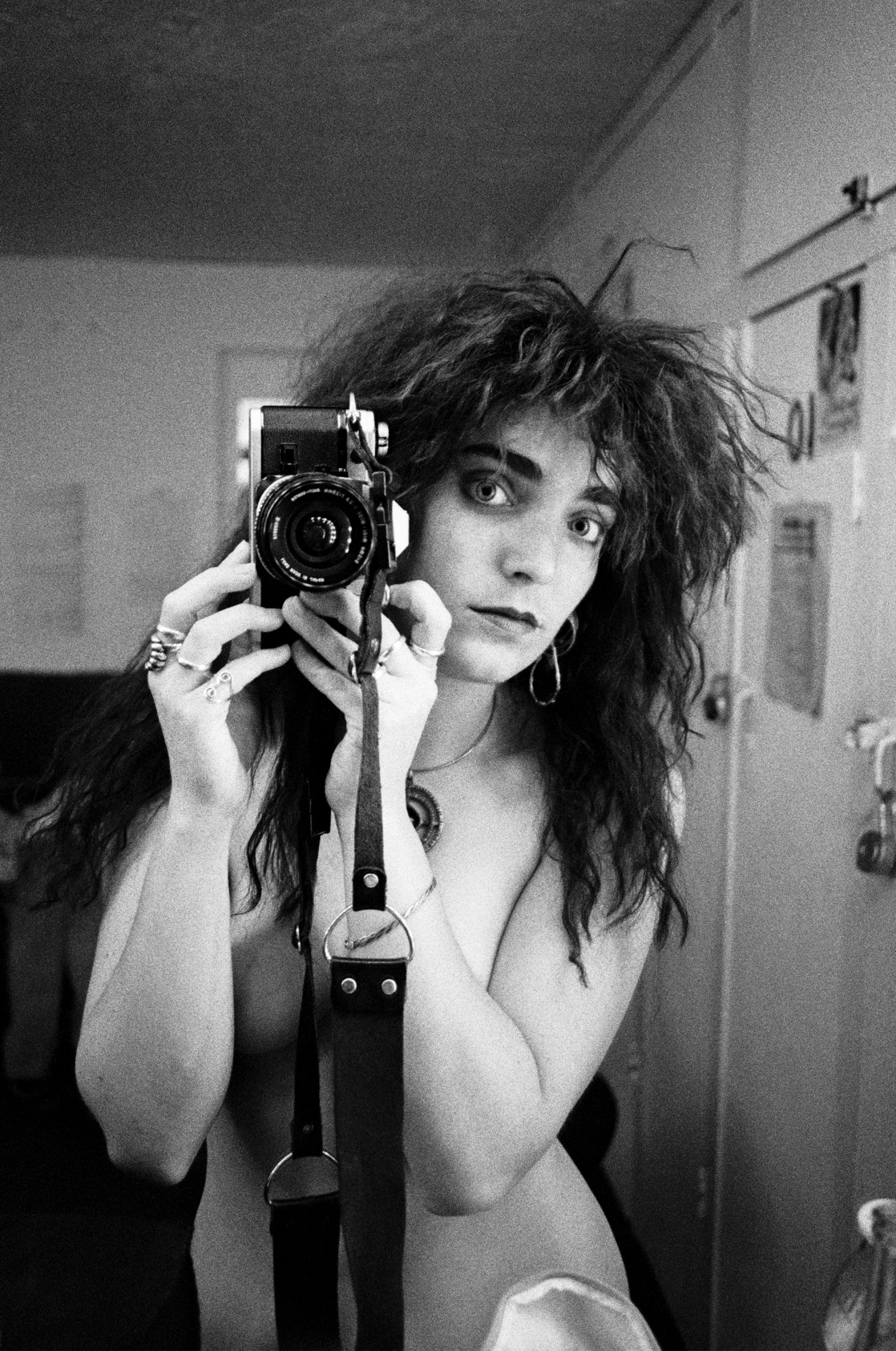
As a member of the punk band, the Yeastie Girlz, Cammie saw sex work as a natural extension of her “pussycentric” persona. “We’d talk about things that seem radical, even in a punk club,” she recalls. “We would get on stage with a speculum and show women how to give themselves a self-examination or talk about our period — all the things that made boys really squirm. It wasn’t that big a jump for me to perform in a strip club. I wanted to be as punk as possible, and at the time, that was where the really wild girls went.”
For Cammie, the progression from punk to performer was a natural extension of the rebellion that began in her youth, after her father’s side of the family moved to the United States from Iran following the 1979 revolution. “My family was being persecuted; a lot of Baha’is were sent to prison and killed,” Cammie says, “I had an aunt who was a well-known feminist before the revolution. One night she got a knock on the door. The chief of police had come to scare her. She fled that night and flew to America.”
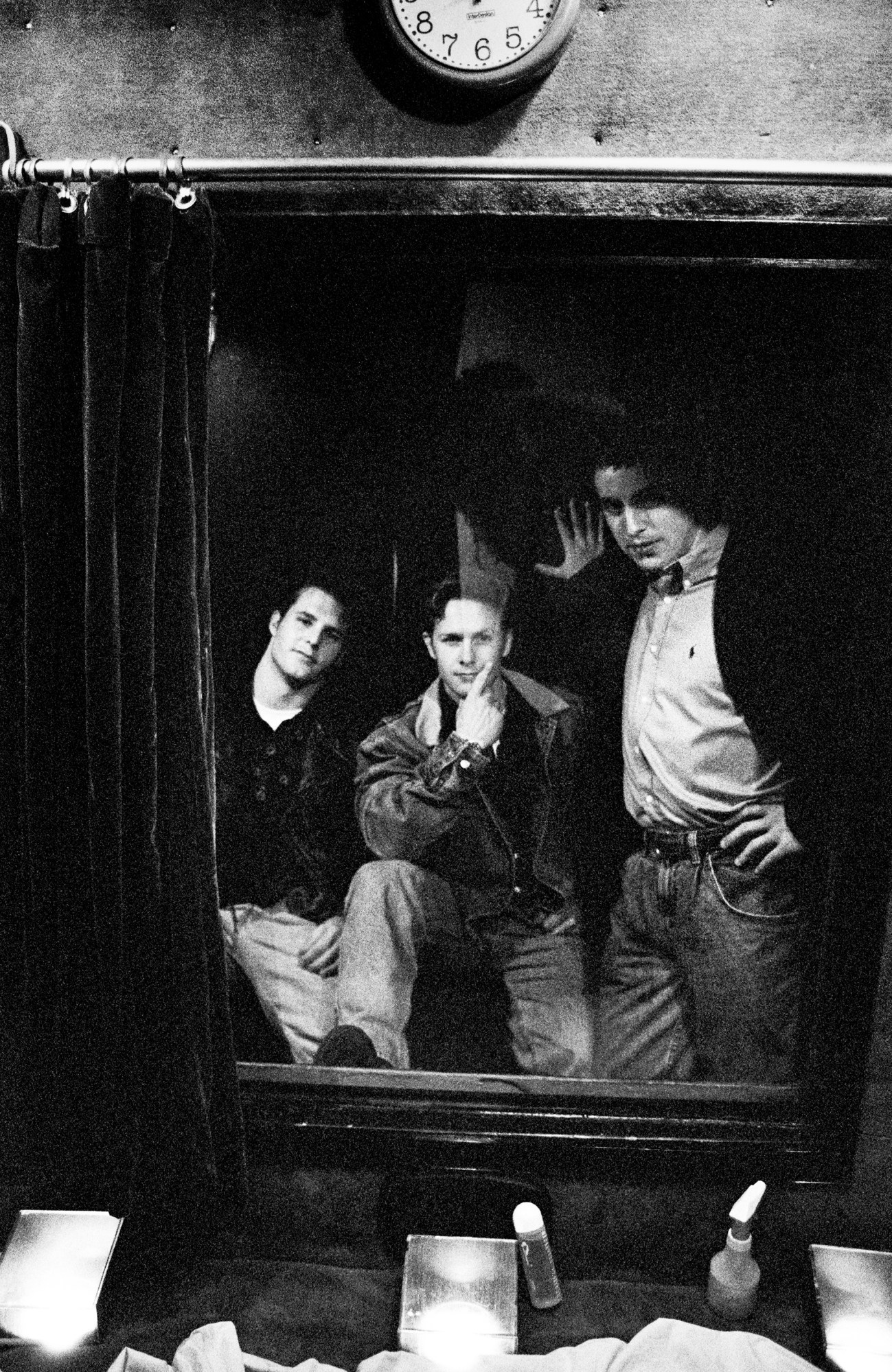
Suddenly Cammie’s life was turned upside down, her home filled with traumatised refugees. “The pressure was so high,” she says. “My mother is a blonde from LA, and we lived this pretend life like, ‘We’re just an American family.’ When my very religious grandparents moved in, I think my father was embarrassed because he had three American daughters. There were all these expectations we become ‘good Iranian girls’, but we didn’t speak the language or know the culture. He became very controlling and angry that his efforts to force us in that direction weren’t working and never would. It only created pain and drove us away.”
Fuelled by rebellion, Cammie found her way into the local punk scene, which birthed bands like Green Day, Operation Ivy and Rancid, and participated in Berkeley’s radical protest scene. At the same time, she pursued her passion for photography and journalism, seeking a deeper understanding of her subjects. Although she had a day job, it barely covered the bills, and Cammie quickly realised she could sell “gash for cash” by dancing at the 24-hour strip club.

Located in the Broadway strip district of North Beach, the Lusty Lady established itself as a haven for female sex workers. It welcomed all body types and kept dancers safe from handsy customers; workers later unionised, fought management, and turned the club into a feminist co-operative. Although dancers did not make as much money as those who did lap dancers at other clubs, Cammie revels in the memory of making $21 an hour — a fortune in the early ’90s.
As “Tasha,” Cammie worked alongside performers who took on stage personas like Octopussy, Velveeta, Isis and Star, dancing inside a peep show booth with mirrored walls. “You’d be dancing for four or six hours and had to look like you were on the edge of arousal at all times,” she says, remembering the shifts she would work from 10 pm to 3 am three or four times a week.

“I was playful and would be smiling, laughing and flirty with customers, but I kept my real sexuality separate from my work,” she says. “I remember a dancer who worked there — she was real. One time, she said to a customer. ‘Let’s see which one of us comes first.’ She had a competition with him and had an orgasm right there on stage, and I was so impressed.”
If customers found a dancer they wanted to get to know better, they could spend time in the ‘Private Pleasures’ booth and engage in one-on-one encounters separated only by a pane of glass. Nestled away in their own little world, Cammie would engage in a more intimate encounter, enjoying the pleasures of deep, exploratory conversations culminating in a portrait session of her customers.
“I wanted to figure out what made them tick,” Cammie says. “It was like therapy for them as well. A lot of times, they came in and told you, ‘My wife hates when I do this’ or ‘She doesn’t understand my need to sniff feet’ — whatever they felt ashamed of and tried to hide. This was a safe space. I felt really tender towards the interaction and was helping them express this thing that needed to come out. I respected them and was grateful they allowed me to take pictures because it was such an intense moment.”
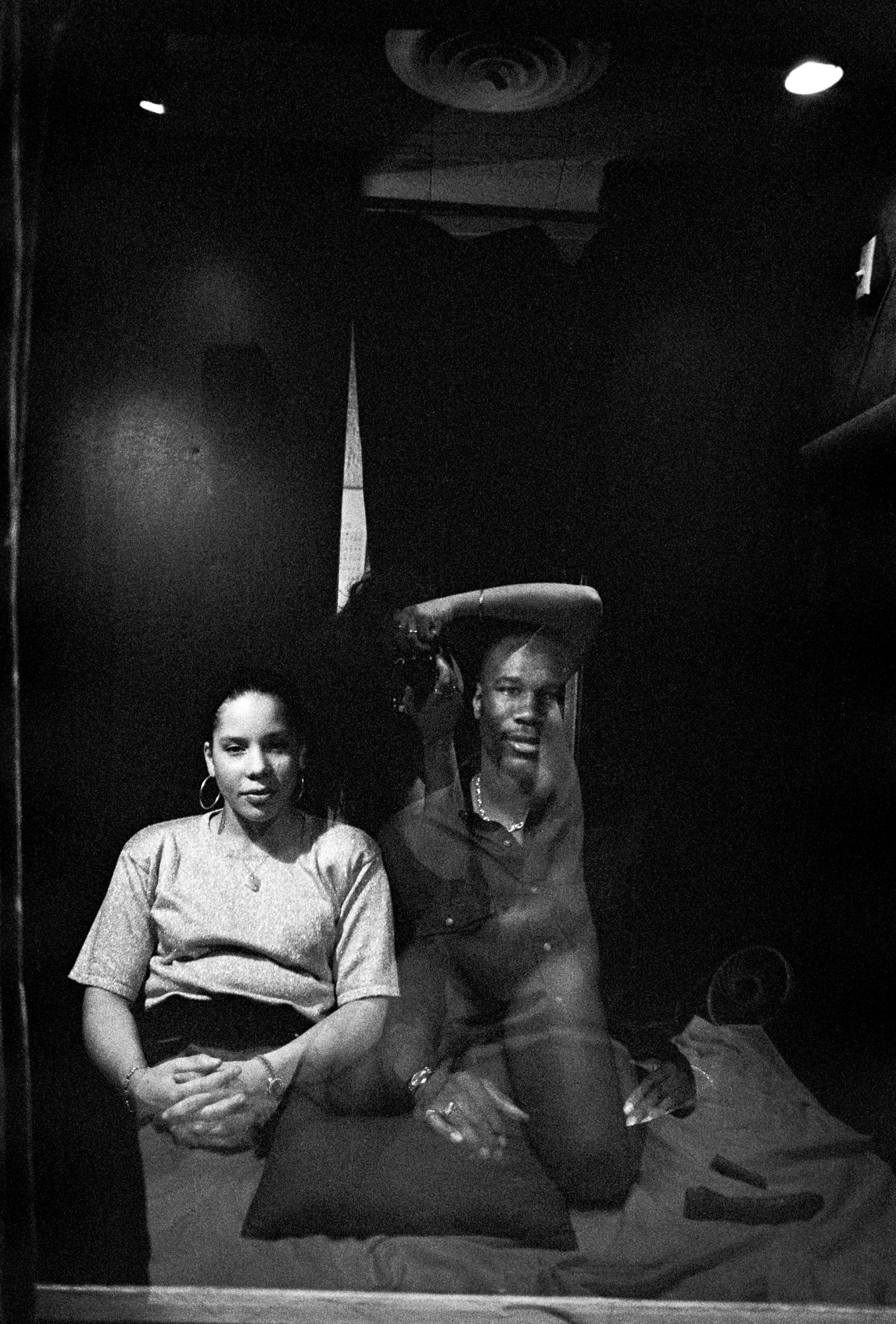
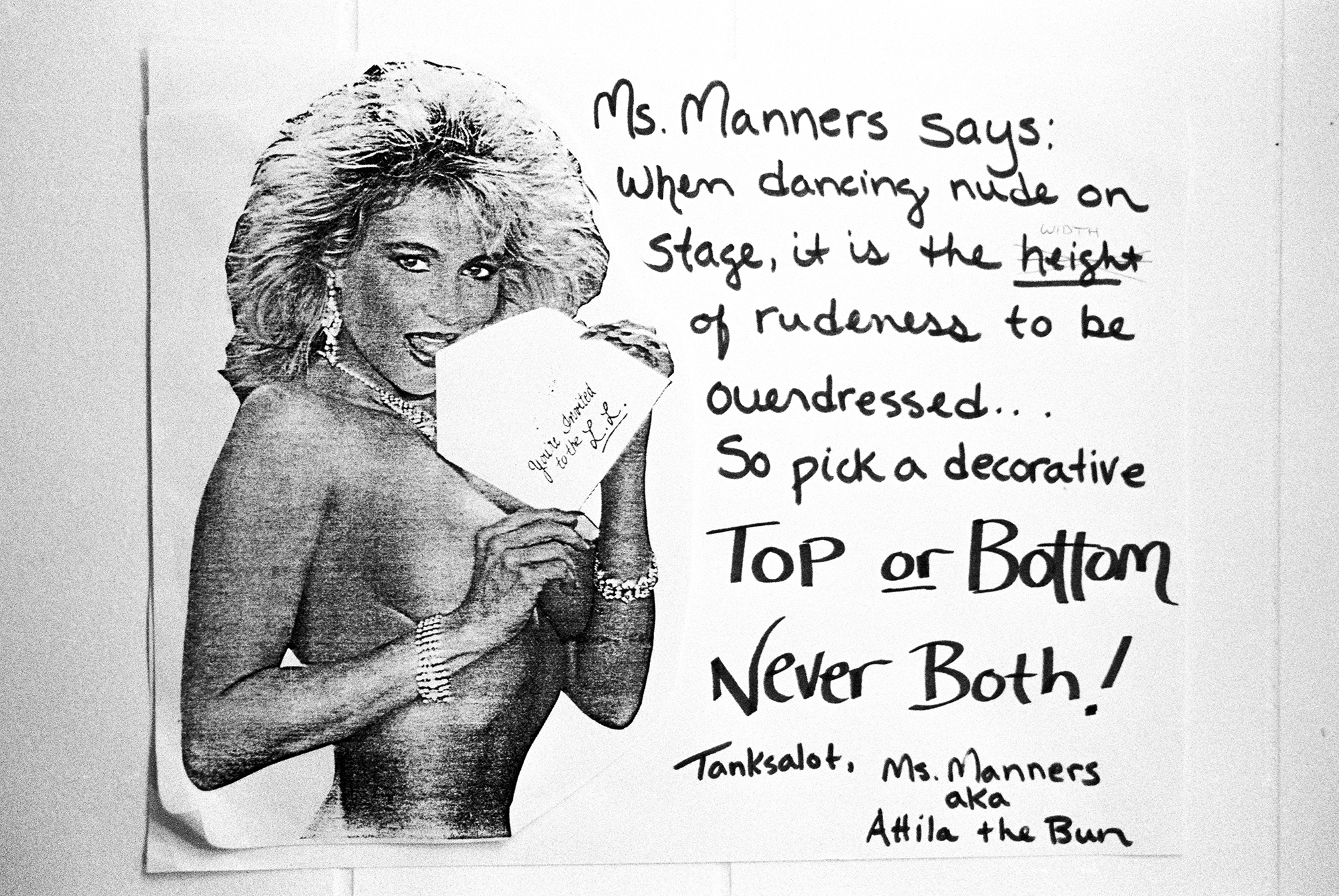
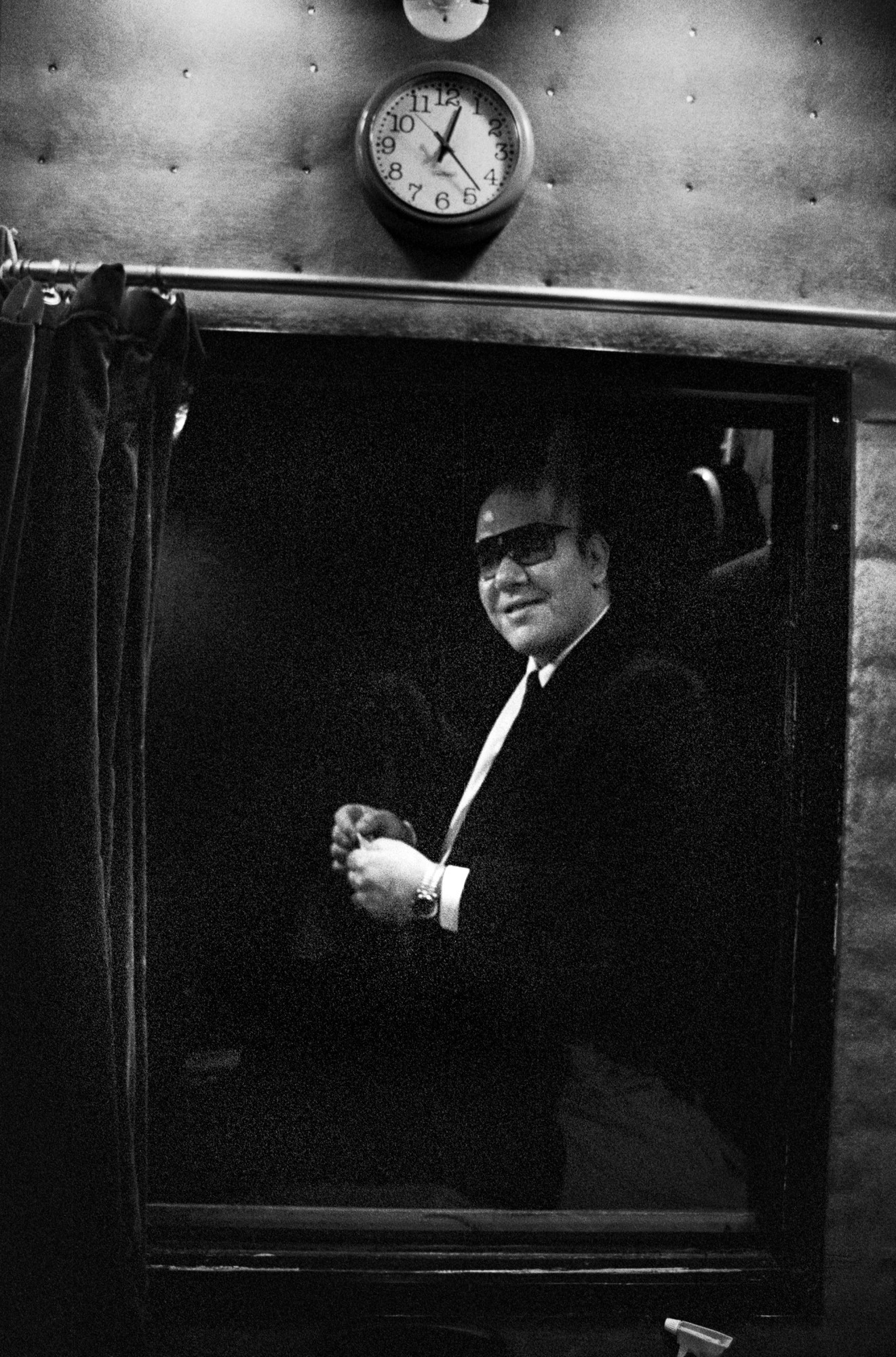
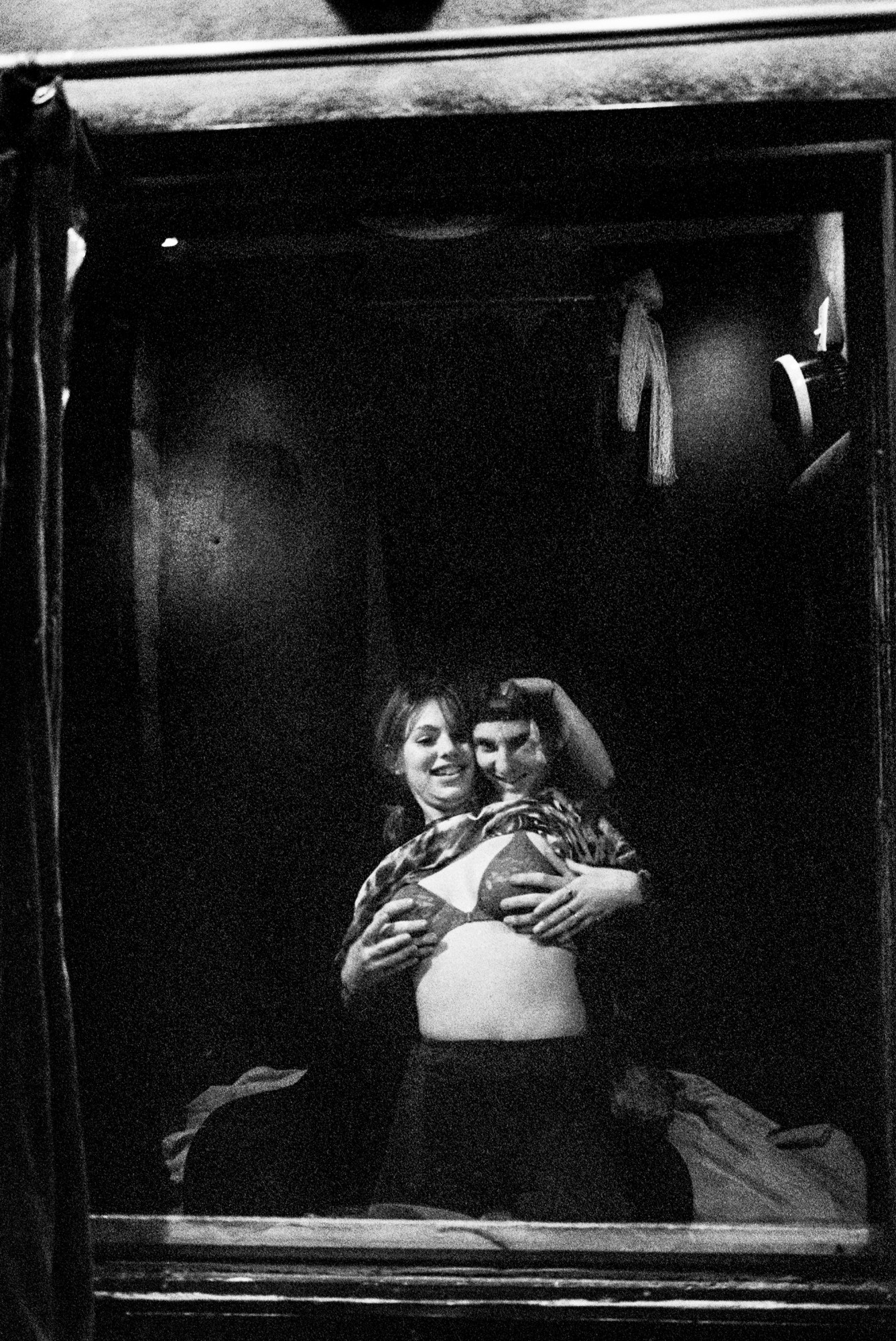
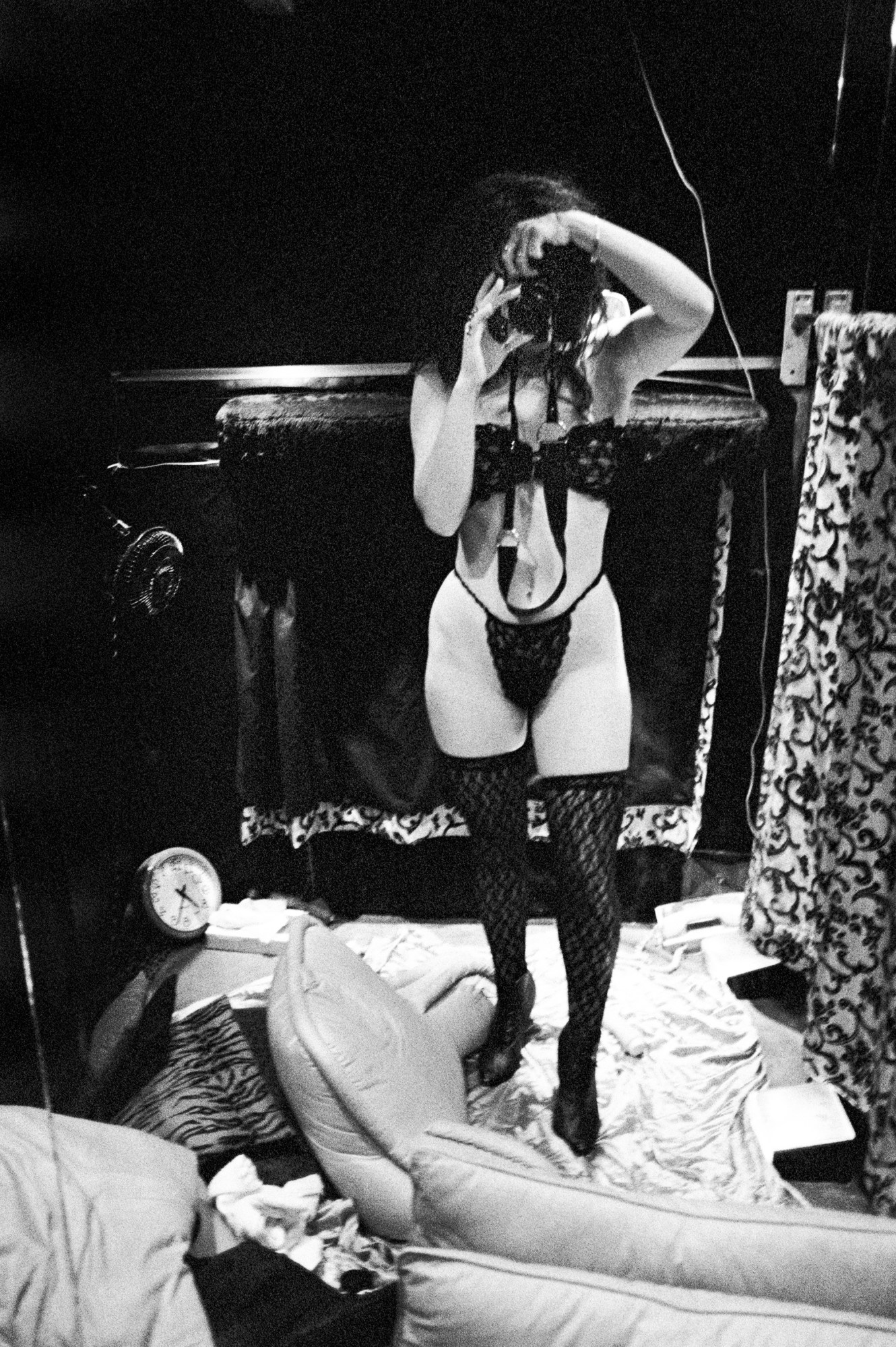
Credits
All images © Cammie Toloui
